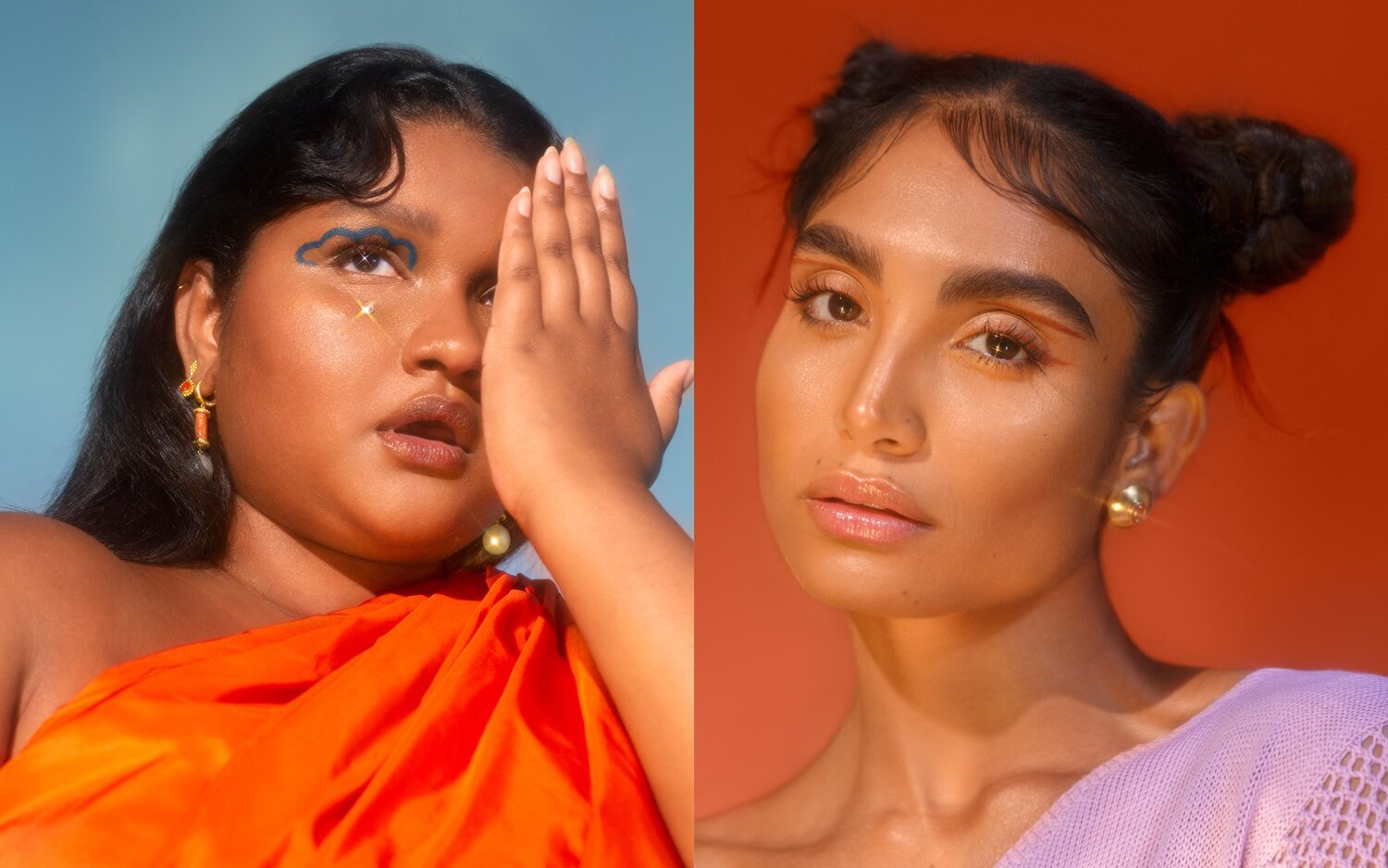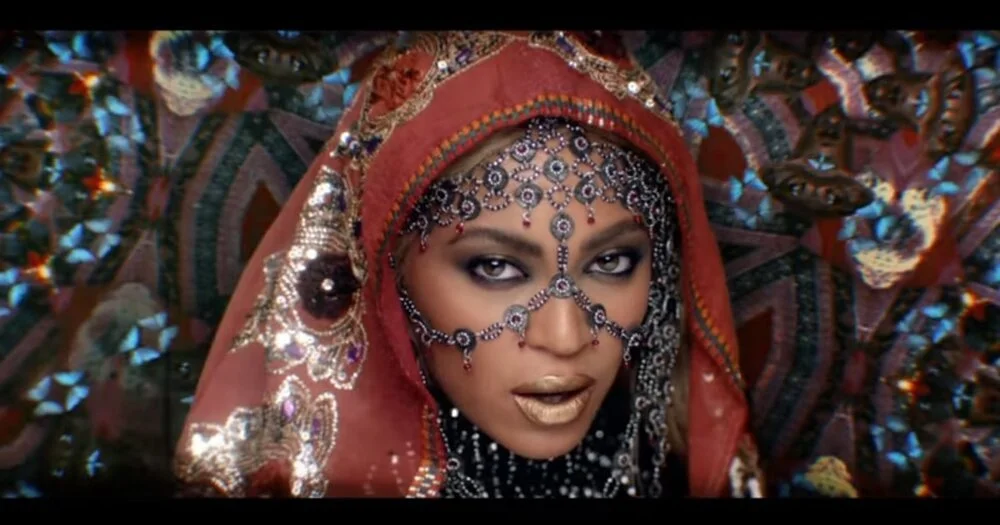The Portrayal and Representation of South Asians in Western Media
Written By Shivangi AgiwalWe’re more than halfway through 2021 and inclusion has a new meaning. Everyone (at least, most of us) is trying to be better: unlearning everything a white heteronormative society has so gently (and not so gently) dictated and ingrained in our systems. We’re slowly learning to live in the skin that we were born in (re: blessed with), embracing and celebrating our bodies for simply being.
For many, it has been a long and tedious journey, to say the least. People of colour have been fighting against racism in all its forms for ages, and it's time we all start embracing the very true essence of diversity. However much we want to do that, though, we have to face the fact that realistically we’re still very much in the infancy of acceptance let alone inclusion. A new wave has sparked indeed: with words like diversity, inclusion and representation, paving the way.
When it comes to representation, especially that of which is demanded by POC, are we actually being heard? It's as if once the box has been ticked, the calls for 'accurate depiction' are ignored. Fashion, the media, brands and organisations, everyone; they've all started to embrace the reality that they call diversity (or mostly: pretend to). By participating in initiatives like South Asian Heritage Month, brands feel like they’ve done enough while what they’ve really done is the bare minimum. Celebrating South Asian heritage isn’t just a monthly affair, but an everyday commemoration.
The Importance of Accurate South Asian Representation
Honestly, being South Asian myself, I’ve had to learn how to love my Indian heritage. At a time when being Indian was/is not necessarily seen as cool, I’ve had to learn to love myself, my colour and my beautiful community. But when it comes to representation, I still struggle to see people like me, I struggle to see people from my community being accurately represented because we’re usually only represented for the sake of tokenism. It’s not right. Whatever work that is being done, is perpetually insatiable by the audience that yearns to see someone like them on campaigns, in movies, in editorials. Truly, a torrent of South Asian representation has only just started, one that doesn't thrive on misrepresenting the entire community based on 'brownness', but one that tries to show how different and unique the South Asian community is. Within it exist many cultures, ethnicities, faiths, identities, languages: and for it all, millions of different brown people.
Hell, if everyone knows that every white person isn't just British or American, how hard can it be to understand that every brown person isn't just Indian or Pakistani. At this point, people’s ignorance can’t be excused, because when it comes down to it, said wilful ignorance harms the entire South Asian community. Using one brown person to represent the entire South Asian community isn't representation, instead it encourages harmful stereotypes to thrive. More importantly, using that brown person to fulfil monolithic stereotypes associated with brown people- be it making the person a nerd, a terrorist, a taxi driver, a male with a thick accent: is highly denigrating, offensive and disrespectful to our cultures. Why would we ever want to be mere objects of ridicule?
Why is it so difficult for the West to just sit and listen to the stories that South Asians have to tell? If one simply took the time, they'd find a bazillion beautiful, authentic stories waiting to be told from South Asians in Asia and the diaspora. The region comprises Afghanistan, Pakistan, India, Nepal, Bhutan, Bangladesh, the Maldives and Sri Lanka. Countries are filled with endless cultures, yet all the stories that Western audiences might've heard of are mostly stereotypical tales with a skewed perspective.
Orientalism
Let’s talk about Orientalism, prevalent in fashion and media. Defined as “the West’s common contemptuous depiction and portrayal of ‘the East’ i.e. the Orient” (Edward W. Said), Orientalism describes how Asian representation embodies a colonialist attitude, tied to white authority and imperialism. Even the fact that Asia is regarded as ‘the East’- you’ve heard of the Far East and the Middle East, but my question is... the East of what? This terminology centres on Europe and subsequently whiteness.
In fashion and popular media, there is imitation, inaccurate depictions and characterisations of the ‘Eastern’ world by Western artists, creatives, writers and designers. South Asians and our cultures are interpreted out of context to fit Western stereotypes and caricatures. This includes (but isn’t limited to) offensive interpretations of Hindu gods, the appropriation of bindis and tikkas, sexualised ‘exotic’ dancers and over-exaggerated accents. Oh yes, and the consistent association of brown faces with poverty.
Regularly reinforcing cultural stereotypes and Orientalist narratives prove to be discriminative and degenerative to the entire South Asian culture. More so, it creates systemic discrimination that results in the ‘othering’ of South Asians. South Asian people have to face the repercussions of misrepresentation. Our inaccurate portrayal plays a major role in the racial discrimination and lack of opportunities that members of our communities receive, particularly across the US, UK, Europe and Australia (read: white majority countries).
But the truth is we belong. We’ve always belonged. The misrepresentation, the false narratives and harmful jokes, the tokenism: it’s enough now. It’s time for the world to educate itself and for us to continue to demand change: change that drives movements, that demands the wrongs to be righted and the change that makes us feel at home. Wherever we are. Normalise that South Asians are a part of the norm. Our voices, creativity, art and culture need to be elevated and celebrated. Accurately. Celebrating and promoting South Asian creatives ensures that our stories are void of harmful tropes and helps to destroy the toxic narrative that has tried to undermine our true selves for far too long.
References and Image Credits:
Orientalism in Fashion and Media, Zinnia Kumar, December 2020
Image 1:
Image by Kulfi Beauty, a makeup brand celebrating South Asian Culture
Image 2:
Beyoncé in Coldplay’s “Hymn for the Weekend” music video
Image 3:
Concept/creative director and photographer/editor: Mathushaa Sagthidas
Models: Karishma Leckraz, Tabitha Mary, Sheena Akkulugadu, Sonali Sutharsan
Jewellery: Anisha Parmar
Make-up/hair: by the models
Styling: by the whole team



